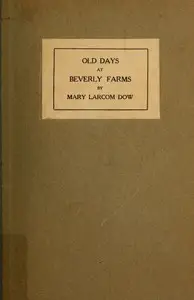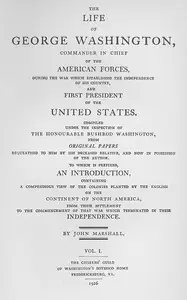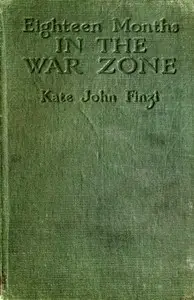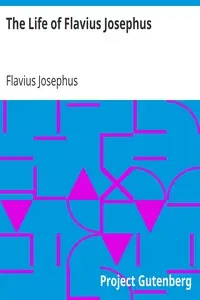"Letters to an Unknown" by Prosper Mérimée is a series of personal letters from the mid-1800s that shows a private connection between the writer and a mysterious lady, touching on love, the world around them, and thoughts about life. Through these letters, we learn about the writer, who is both doubtful and has strong feelings that he keeps in check. Early on, the letters hint at the strange choices of the woman he’s writing to, like her plan to go away to the countryside. The writer thinks about what people expect from each other, how silly people can be, and why he doesn't like to put himself down. At first, his letters are fun and thoughtful, and they give us a peek into his life in Paris, like the time he spent a night on top of the Notre Dame cathedral and what he thinks about ballet dancers, setting the stage for a close look at the bond between him and the woman, mixing his smart ideas with the hidden feelings of friendship and maybe even love.
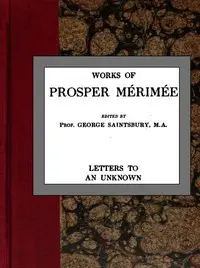
Letters to an Unknown
By Prosper Mérimée
Experience a world of secret affection and clever thoughts shared between a man and an unidentified woman through intimate letters from another time.
Summary
About the AuthorProsper Mérimée was a French writer in the movement of Romanticism, one of the pioneers of the novella, a short novel or long short story. He was also a noted archaeologist and historian, an important figure in the history of architectural preservation. He is best known for his novella Carmen, which became the basis of Bizet's opera Carmen. He learned Russian, a language for which he had great affection, before translating the work of several notable Russian writers, including Pushkin and Gogol, into French. From 1830 until 1860 he was the inspector of French historical monuments, responsible for the protection of many historic sites, including the medieval citadel of Carcassonne and the restoration of the façade of the cathedral of Notre-Dame de Paris. Along with the writer George Sand, he discovered the series of tapestries called The Lady and the Unicorn, arranging for their preservation. He was instrumental in the creation of Musée national du Moyen Âge in Paris, where the tapestries now are displayed. The official database of French monuments, the Base Mérimée, bears his name.
Prosper Mérimée was a French writer in the movement of Romanticism, one of the pioneers of the novella, a short novel or long short story. He was also a noted archaeologist and historian, an important figure in the history of architectural preservation. He is best known for his novella Carmen, which became the basis of Bizet's opera Carmen. He learned Russian, a language for which he had great affection, before translating the work of several notable Russian writers, including Pushkin and Gogol, into French. From 1830 until 1860 he was the inspector of French historical monuments, responsible for the protection of many historic sites, including the medieval citadel of Carcassonne and the restoration of the façade of the cathedral of Notre-Dame de Paris. Along with the writer George Sand, he discovered the series of tapestries called The Lady and the Unicorn, arranging for their preservation. He was instrumental in the creation of Musée national du Moyen Âge in Paris, where the tapestries now are displayed. The official database of French monuments, the Base Mérimée, bears his name.


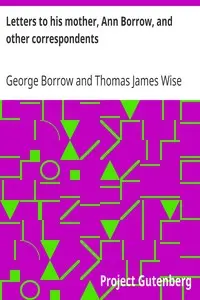
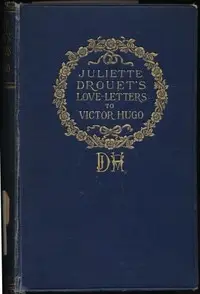


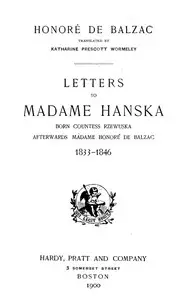
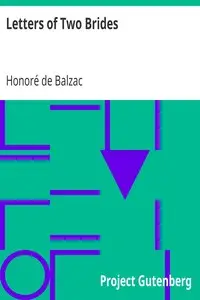

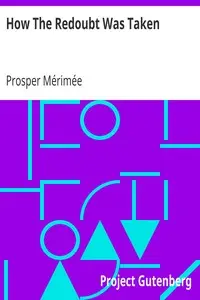
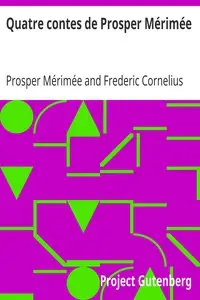
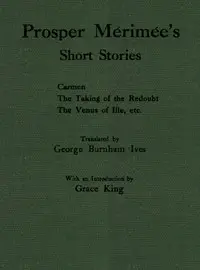


![Shakspeare and His Times [Vol. 2 of 2]
Including the Biography of the Poet; criticisms on his genius and writings; a new chronology of his plays; a disquisition on the on the object of his sonnets; and a history of the manners, customs, and amusements, superstitions, poetry, and elegant literature of his age by Nathan Drake](https://cdn.a2-host.cloud/W3hid7AyfCNcU1_21LXaIh4tCDxp2p5MK1oD4SrcWAY/rs:fill:215:325:0/g:ce/aHR0cHM6Ly9zcC1hc3NldHMuczMudXMtd2VzdC0wMDQuYmFja2JsYXplYjIuY29tL2Jvb2svNTM2MjYvU2hha3NwZWFyZV9hbmRfSGlzX1RpbWVzX1ZvbF8yX29mXzJfSW5jbHVkaW5nX3RoZV9CaW9ncmFwaHlfb2ZfdGhlX1BvZXRfY3JpdGljaXNtc19vbl9oaXNfZ2VuaXVzX2FuZF93cml0aW5nc19hX25ld19jaHJvbm9sb2d5X29mX2hpc19wbGF5c19hX2Rpc3F1aXNpdGlvbl9vbl90aGVfb25fdGhlX29iamVjdF9vZl9oaXNfc29ubmV0c19hbmRfYV9oaXN0b3J5X29mX3RoZV9tYW5uZXJzX2N1c3RvbXNfYW5kX2FtdXNlbWVudHNfc3VwZXJzdGl0aW9uc19wb2V0cnlfYW5kX2VsZWdhbnRfbGl0ZXJhdHVyZV9vZl9oaXNfYWdlX2NvdmVyLmpwZw.webp)
